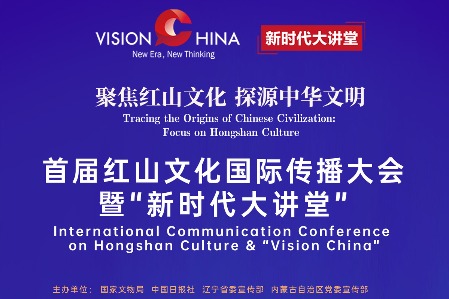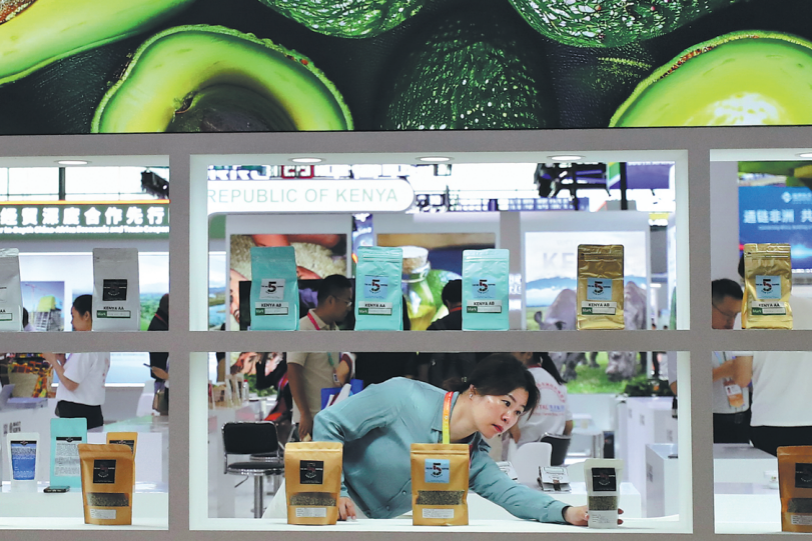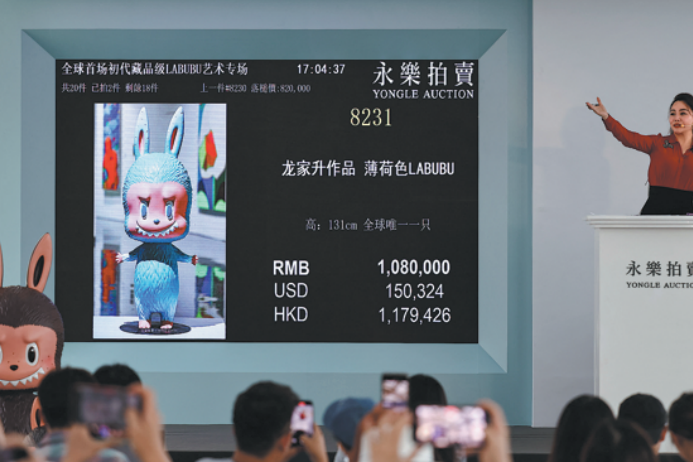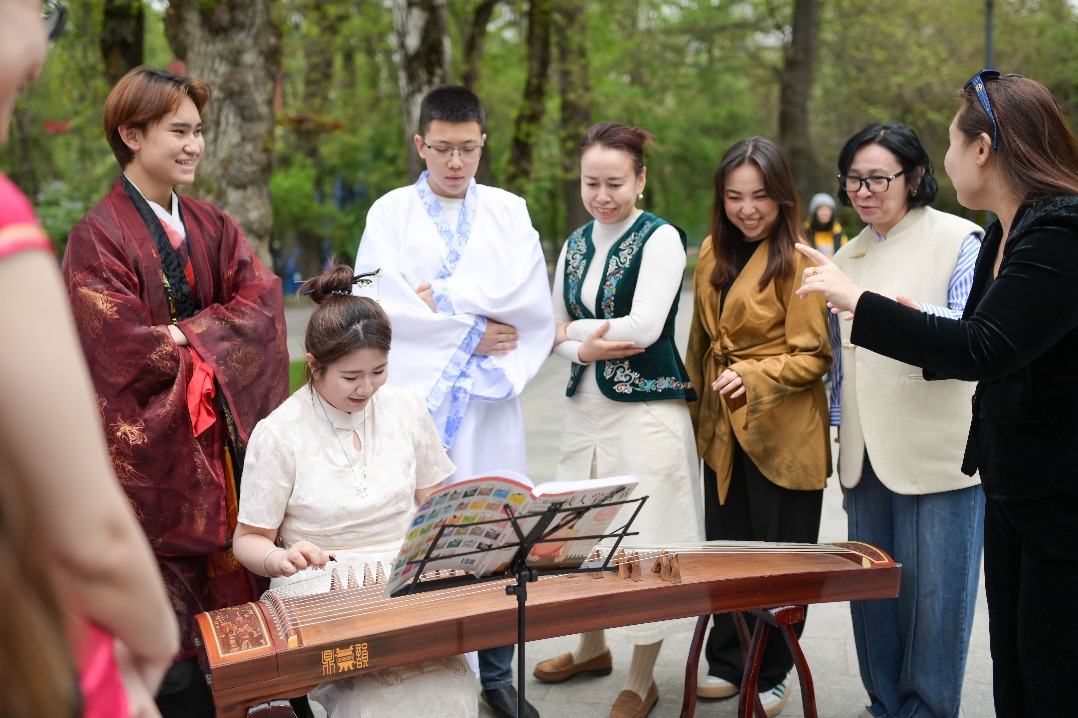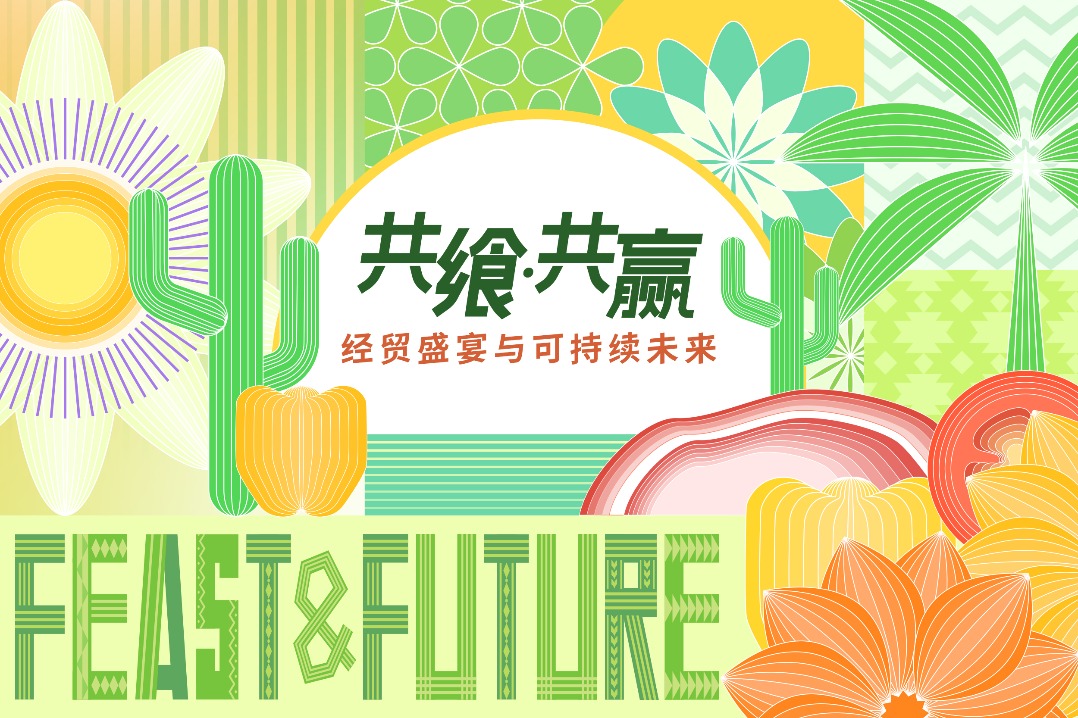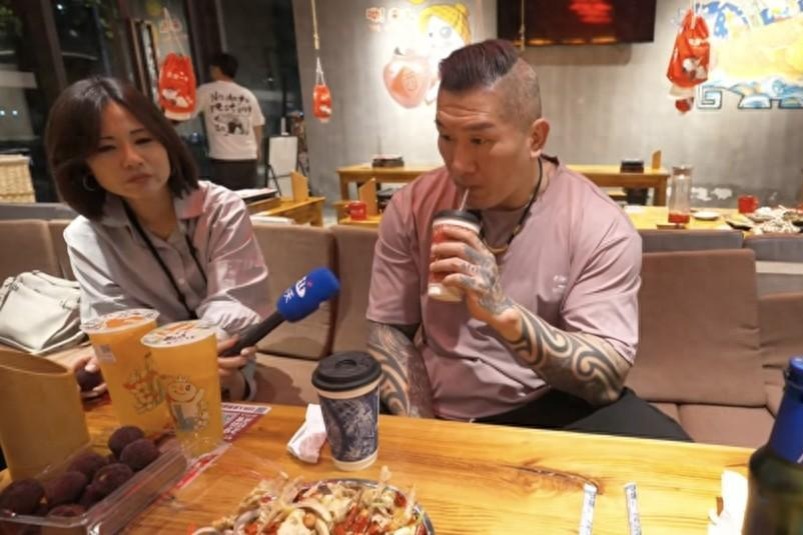The rise and rise of the fashion queen

There was a time being a model was a thing to be ashamed of
In the summer of 1994, Su Mang rode a bicycle halfway across the city looking for the office of a magazine in an alleyway in the Xidan area of Beijing.
The office was inside a courtyard, and Su, 22, needed to hoist her bicycle on to her shoulder and carry it across a threshold to gain access.

At the time, she was studying the traditional Chinese instrument the guzheng at the China Conservatory of Music, but what really appealed to Su's ear was words - she wanted to write. In that quest she had been rejected by a few publishing houses.
So this day, in a sense of desperation, she was calling on the offices of Trends, which had been running for barely a year. During her interview with the magazine's founder and editor-in-chief, Wu Hong, she fell off her chair, she says. So she was surprised when he agreed to take her on.
Su thus became Trends' eighth staff member, and as with many reporting debutants in those days, she found that getting her foot in the door did not deliver her to the high altar of journalism. Instead, her duties included cleaning, cooking and answering readers' letters, but she did get the chance to do some writing for the magazine, too.
In those days only a handful of Western fashion houses had entered China, and when it came time to interview brand managers and designers her trusty bicycle was at her service. Attending a show on a cold winter's night demanded something a little better and, wearing a dazzling dress - which was borrowed - she could often be seen on Beijing street corners waiting for a taxi.
In early spring in 1997, nearly three years after joining Trends, Su had risen through the ranks and was assigned to go to New York to meet Helen Gurley Brown, the editor-in-chief of Cosmopolitan magazine, with which Trends' owners hoped to form a partnership.
| Su Mang, former employee with Trends, now editor-in-chief of Harper's Bazaar in China. Provdied to China Daily |
"Every morning, Brown (then in her mid-70s) arrived at the office very smartly dressed and absolutely switched on," Su says. "In China, it was extremely rare for a woman of that age to dress up like that every day and to be so committed to her work."
Over the next two decades Su would be both a spectator and player in the great changes that took place in the Chinese fashion industry, flitting between Beijing, Shanghai, New York, London and Paris, and seated in the front row of shows of the world's leading designers and fashion houses.
The seeds of that initial enthusiasm in the early 1980s were sown in 1979 when French designer Pierre Cardin brought 12 foreign models to give a runway show in Beijing. He was the first Western designer to visit China since 1949, and Pierre Cardin became the first foreign brand to enter the country.
In 1984, 10 arts institutes, including the Central Academy of Arts in Beijing, for the first time recruited models publicly. According to Beijing Evening News, 171 people applied - and many wished to remain anonymous. Before long, the first model pageant was held in Beijing and the country had its first professional models.
In 1992, Louis Vuitton opened the door for the world of elegance and luxury goods with its first store in China, and the likes of Armani, Chanel, Dior and Gucci soon followed suit.
When first lady Peng Liyuan arrived in Moscow in March 2013 it was obvious that China had indeed caught that wave. Jaws dropped as Peng, with President Xi Jinping on his first state visit to Russia, emerged from the aircraft, elegantly dressed in a navy overcoat, a light-turquoise silk scarf and handbag, which, predictably enough, soon became top search items on China's biggest shopping website, Taobao.
In a way, that appearance in Moscow of Peng was like a coming out for the fashion designer Ma Ke, who for more than 10 years had dressed Peng but whose renown was largely restricted to fashion circles.
Ma, now 45, created her own label in Guangzhou after graduating from Suzhou Silk Institute in 1992 and over the years has won many industry accolades. She has also set the trend for Chinese fashion designers in achieving worldwide acclaim, and many of those who wish to emulate her have taken up studies in top design schools overseas.
However, the story of China and its embrace of fashion and the good things in life is more about the masses than about these famous names, and that can be seen in the Chinese love for luxury goods.
| President Xi Jinping and his wife, Peng Liyuan, emerge from the aircraft during their first state visit to Russia in March 2013. Ding Lin / Xinhua |
| Passers-by walk past a Louis Vuitton store in Wuhan. Chen Hao / For China Daily |
(China Daily European Weekly 06/17/2016 page14)



















